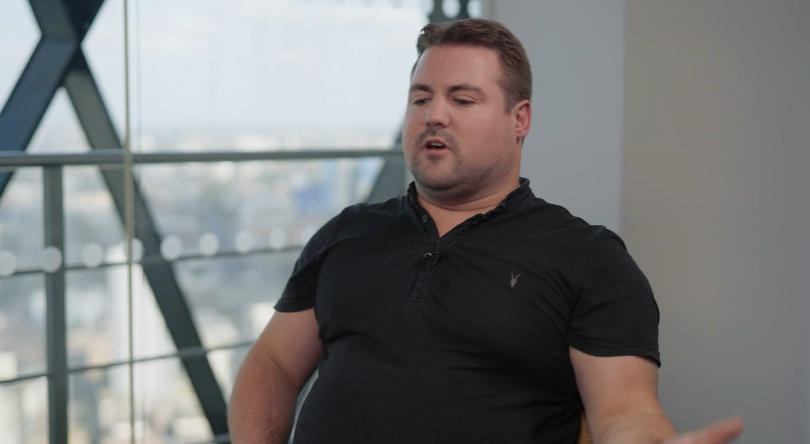“Almost half the world’s population will be gamers by 2024”
- Wednesday, October 28th, 2020
- Share this article:
Mobile Marketing talks in-game advertising with Adverty Co-founder and CEO Niklas Bakos.
 Mobile Marketing: In-game advertising has been touted for a long time, but lately there has been the real sense of a tipping point. Are brands becoming more interested in exploring their gaming options?
Mobile Marketing: In-game advertising has been touted for a long time, but lately there has been the real sense of a tipping point. Are brands becoming more interested in exploring their gaming options?
Niklas Bakos: Brands are definitely getting more interested in the gaming space now in 2020, compared to 2019. There is still a lot of education needed, in terms of what formats exist and why or how they should invest in the space. We are aiming at the digital advertisers who already know the space, but are currently very much performance-driven, as opposed to branding-driven. The outdoor guys are all about branding, which feels like an opportunity, since an important aspect of what we offer is effectively outdoor within virtual environments. But what we often find is that big outdoor advertisers dont necessarily understand the online/digital space. So it is a bit of a dilemma, but time will sort it out. How long it will take is the bigger question. But what we can say for sure is that gaming as a media channel – including everything related to games, not just our way of doing advertising – is really starting to make a noise out there.
MM: How is Adverty responding to that?
NB: We continue to develop new formats. Our In-Play format allows advertisers to fit seamlessly into games with brand awareness ads in places such as billboards. Those have been working well for some time now; they are an immersive, non-intrusive, irritation-free opportunity for brands to deliver their message to consumers within gameplay.
Our new format is the In-Menu tech, which lets brands place contextually-relevant banner ads in between games. That has been released but we are yet to go live with it in games – that’s something we hope will happen during Q1 next year. Those two formats make up our product suite of seamless in-game ad solutions, allowing us to offer both brand awareness and performance-based advertising.
MM: Other than your own efforts, how is the in-game advertising inventory developing around you?
NB: Regarding ads and the gaming audience, it is currently being overpopulated with app install-driven rewarded video ads or hugely intrusive banner ads. That is a space brands dont want to relate to, as advertising around an app install doesn’t lend itself to their brand message, and they don’t want to get into intrusive display ads as that goes against their brand safety policies. Brand advertising done right is what were enabling with Adverty, and we are definitely just entering the first phase of that rollout.
MM: Does the move against third-party cookies have a negative bearing on advertising in games?
NB: Contextual advertising, where context is more important than how to target the ideal user, is certainly becoming a hot topic, driven by the fact that Apple, and soon also Google, are removing the identifiers in their handsets that were used in the past to identify users and their behaviours and interests. That obviously means the industry is forced to come up with new solutions, and context is inevitably an important one of those. Adverty has always been a contextual ad platform, so while this is a huge industry problem, it is actually mostly to our benefit.
MM: What else does the future hold for in-game advertising? What are the coming trends?
NB: There’s going to be an ongoing increase in scale over the next few years, particularly with 5G coming in. Research this year suggested that there would be 3.5bn gamers globally by 2024, up from 2.3bn now. That’s almost half of the world’s population. So there are a lot of questions about how they will be accessing those games, and how, for instance, cloud-gaming providers are going to tailor things like subscription packages. The way that plays out will obviously have a big bearing on the ad inventory we see, but it is certainly looking like gaming is going to come into its own as a very significant media channel in the coming years. The important thing, though, is that we remember the principles we are establishing now: brands can’t simply interrupt, and they need to bring something to the gaming experience if they want to be there. Be natural, be seamless, offer something that adds to the gameplay.

















